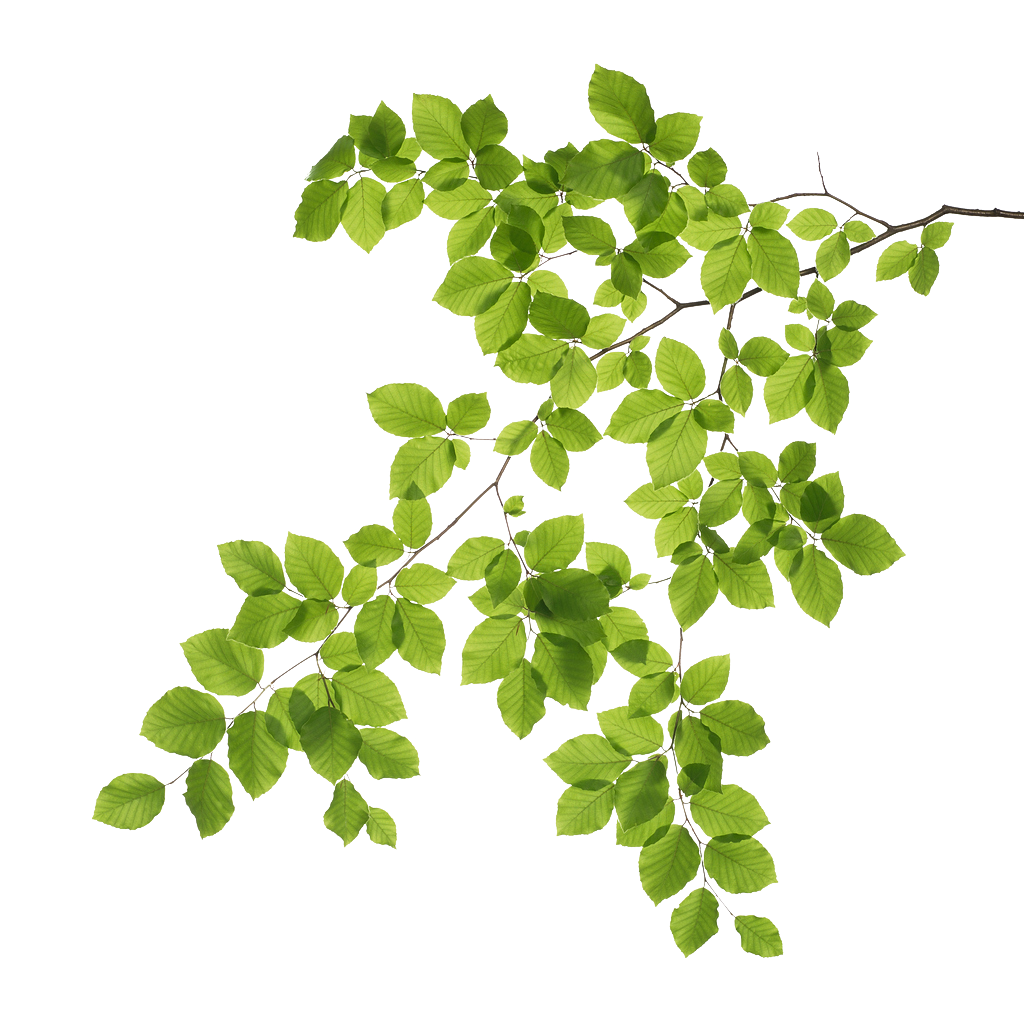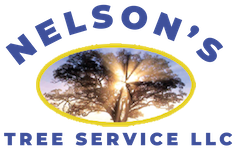Our company is currently a TCIA member, BBB accredited member, and Safety Certified. We have experienced Tree Climbers on staff as well as an array of equipment to handle any job – big or small!

You may be surprised to learn that trees need a lot of professional care. They fight a constant battle against environmental conditions including insect infestations, poor soil quality, temperature extremes, varying moisture levels and damage caused by construction. The certified professionals at Nelson’s Tree Service can help your trees win those battles. Contact us today to request your free estimate!
Nelson’s Tree Service is here to providing service to residential and commercial properties in Columbia and surrounding mid-Missouri. Contact us today for your free estimate!
